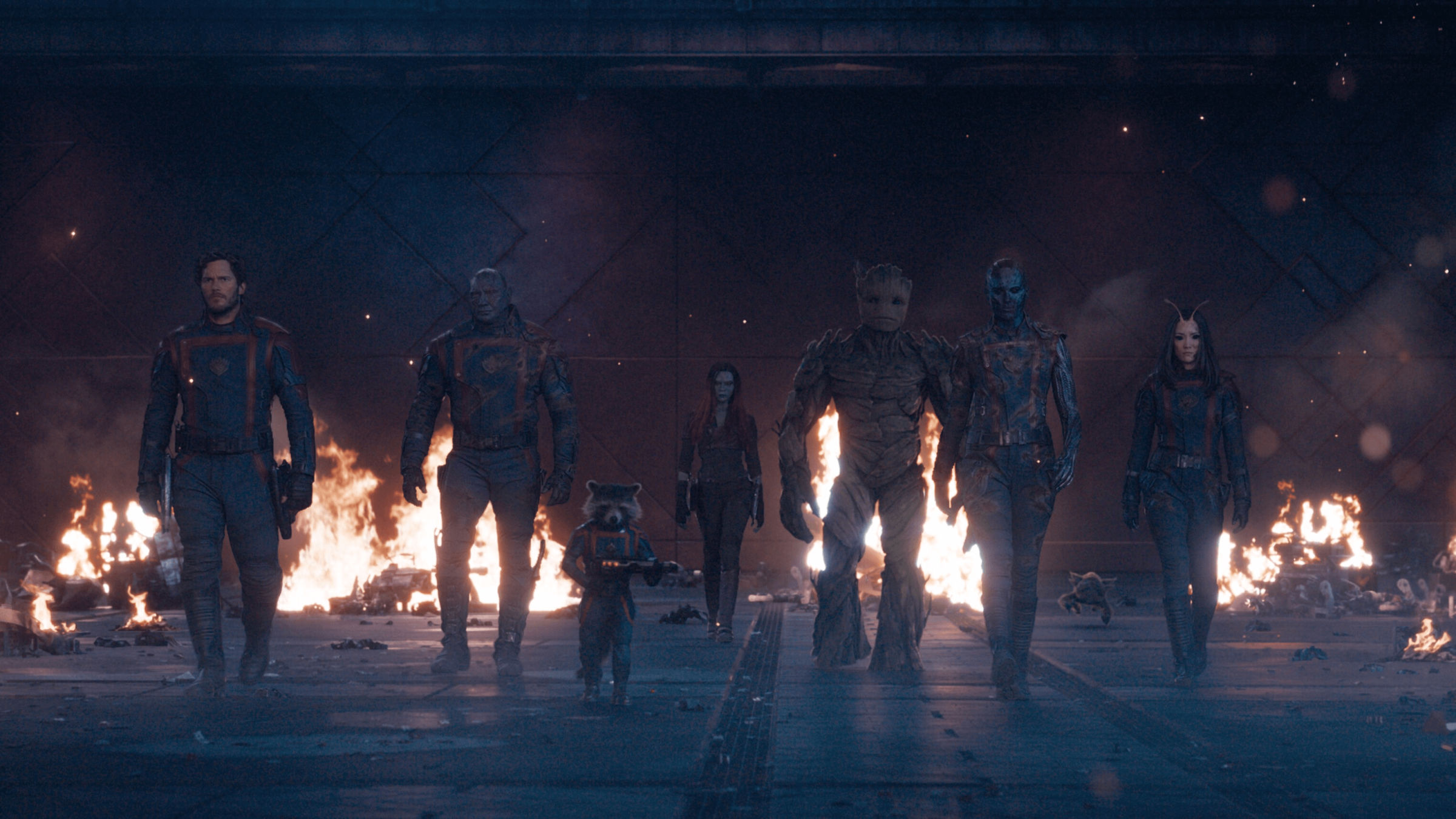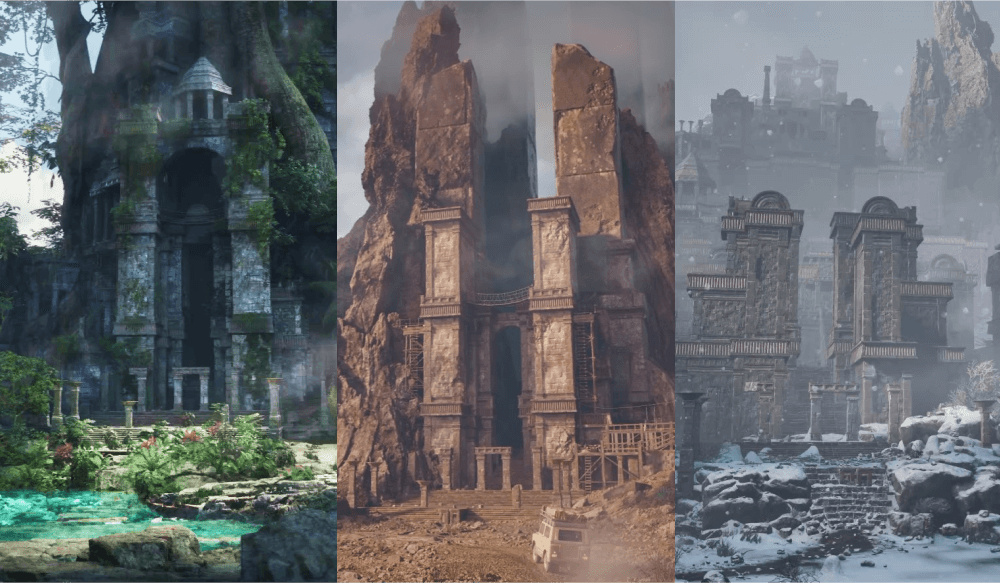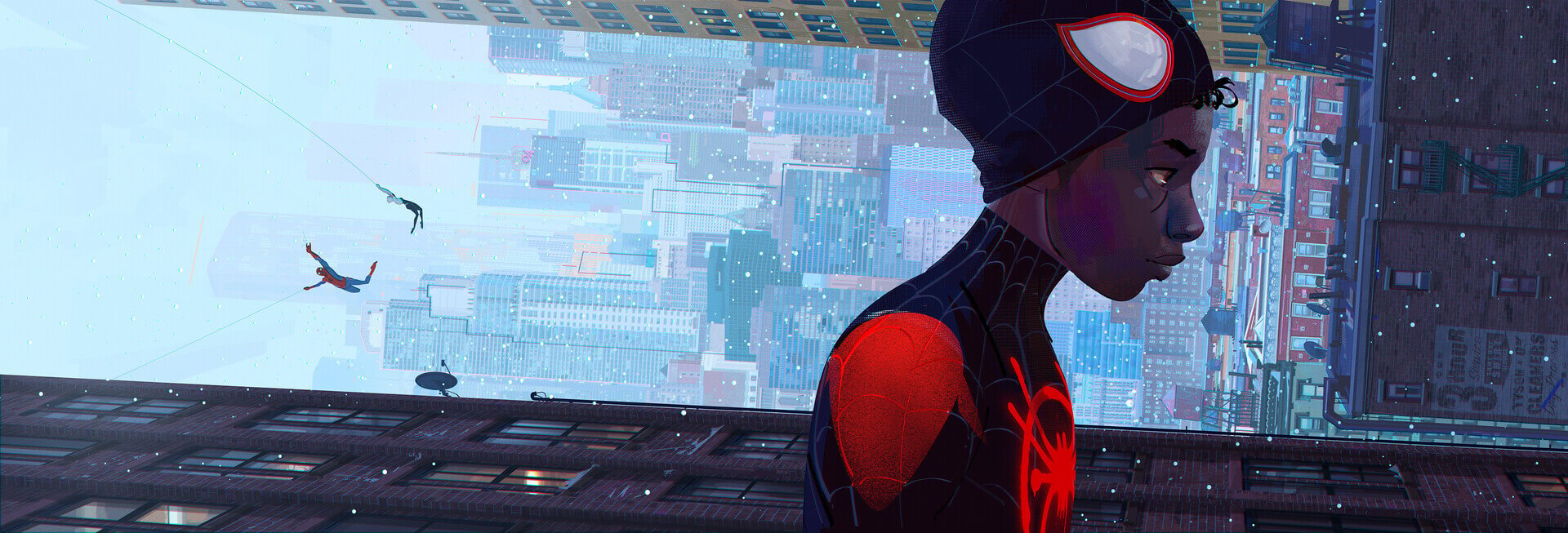
With over two decades in the entertainment industry, Heather Brown has contributed to some of the most visually captivating franchises, including Star Wars and the Marvel Universe. As a Look Development Lead, Heather specializes in 3D shading, breathing life into complex visual elements for both animated and live-action projects. Beyond her technical expertise, she’s passionate about giving back to the community through her work with ACM SIGGRAPH and as a mentor with Women in Animation, helping to shape the next generation of artists.
In this interview, Heather shares insights into her journey through the evolving world of visual effects, from tackling photorealistic shading challenges to the importance of resilience in an artist’s career. We discuss her role as a judge for the Secrets of the Luminara challenge and her excitement about the creativity and innovation it inspires. Join us as we explore Heather’s approach to storytelling through visual development and her commitment to fostering growth within the 3D art community!
Thanks for taking the time to sit with us, let’s dive in! With over 20 years in the industry, you’ve worked on iconic franchises like Star Wars and Marvel. How has your approach to 3D shading evolved over the years, and what keeps you excited about new projects?
One of the most fascinating aspects of working in 3D shading is that there’s always a new creative problem or a technical hurdle to overcome. Even with over 20 years in the industry, I'm constantly learning—just the other day, I encountered an issue I'd never seen before. It reminded me that no matter how long you've been in the game, there’s always something new to tackle, and those moments keep me engaged and excited.
Shading for a photorealistic live-action scene requires a different mindset than working on a stylized animated film. I’ve learned to balance artistic vision with technical constraints, and I’ve developed a deep appreciation for collaboration between departments.
As a Look Development Lead, you have a unique role in the visual storytelling process. What part of look development do you find most creatively fulfilling, especially when working on complex projects like Guardians of the Galaxy Vol. 3?
Shading plays a huge role in storytelling. It’s not just about making something look good; it can actually shape how the audience feels about a character or environment. Subtle changes in the way light interacts with a surface can suggest a character’s history, their experiences, or even emotional state without a single spoken word. Taking my family to see the films I’ve worked on, and watching them connect with it is the greatest reward.
You’re actively involved in the 3D community, both with ACM SIGGRAPH and as a mentor. How has mentoring impacted your own growth as an artist, and what advice do you often find yourself giving to emerging talent?
My advice has always been to find a community or multiple communities, and you might get different things out of each. CG is such a collaborative art form, and being part of a supportive network is crucial for growth. Mentoring has reinforced this for me—reminding me of the importance of sharing knowledge and supporting each other on our creative journeys.
Mentoring feels like a bit of a selfish pursuit because it provides me with so much creative fuel. I’m constantly learning from the questions asked by those just starting their careers, and sometimes those questions make me reflect on my processes in ways I hadn't before. I’ve been fortunate to have great mentors who challenged me to explore new techniques or approaches I wouldn’t have tried on my own.
You’ve mentioned your love for photorealistic shading and fabric rendering. Could you share some of the biggest challenges you face in achieving realism, and how you overcome them?
Grounding a vision in real-world reference is crucial, but it becomes tricky when my creative vision doesn’t always align with reality—which happens more often than I expect! Real-world surfaces often surprise me with their complexity and uniqueness, sometimes looking more stunning than anything I could create in CG.
One of the key ways I overcome this is by immersing myself in the tangible textures of the real world. Working with real materials, whether I’m knitting, building a cosplay costume for my kids to wear at Comic-Con or simply experimenting with different fabrics, gives me insight into how light interacts with various surfaces. This helps me know when something looks too perfect, too 'uncanny valley,' and needs to be dialed back. Feedback from peers also plays a huge role in refining my work, helping me bridge the gap between what I envision and the reality of physical surfaces.
Reviewing portfolios offers a glimpse into an artist’s unique journey. What do you think are the most important elements an artist should include, especially to showcase their technical and creative growth?
When I review a portfolio, I find that a breakdown listing specific contributions in collaborative projects is essential. If you include work based on references, please credit the original artists for their sources. Whether your work is for an assignment, a paid project, or a personal experiment, detailed descriptions help me understand your artistic vision, motivation, and how your style is evolving.
I appreciate artists who are open to experimentation and pushing boundaries in their 3D projects. A diverse portfolio that goes beyond one specialization shows a commitment to growth. It’s especially impressive when an artist tackles complex challenges, whether through innovative problem-solving or by exploring new technologies.
I also look for how you’ve collaborated within a team and the techniques or programs you used. A balance between personal and commercial projects can give me valuable insights into your areas for future development, your willingness to learn, and how well you can meet client expectations.
For aspiring artists, navigating the early stages of their careers can be tough. What are some practical ways they can build connections and develop their skills to stand out in such a competitive industry?
My advice for artists looking to break into the industry is to stay connected to the reasons and projects that inspire you. Keep that passion at the forefront of your work; it will shine through in everything you create. However, it’s equally important to remain open to new challenges and opportunities. The industry is constantly evolving, and embracing change can lead to unexpected growth.
Experiment with different styles and techniques, and don’t be afraid to step outside your comfort zone. This not only enhances your skill set but also demonstrates your versatility to potential employers. Network with other artists, attend industry events and seek feedback on your work. Building relationships within the community can open doors and provide invaluable insights.
Lastly, maintain a growth mindset. Be persistent, learn from critiques, and continually refine your craft.
What aspects of your role bring you the most satisfaction, particularly when it comes to tackling new projects and collaborating with teams?
I love the collaborative nature of the projects that I get to be part of. Working in 3D shading and visual effects allows me to engage with exceptionally talented individuals from diverse areas of expertise. I find great value in learning from specialists as their unique perspectives enrich the creative process and help us develop truly distinctive visual ideas.
I also thrive on the constant challenges that arise in visual effects. Each project presents new opportunities to tackle complex shading issues or experiment with new workflows. Exploring “what if” scenarios can be both daunting and exhilarating, as it encourages me to push beyond my comfort zone and discover innovative solutions. The combination of teamwork and the excitement of transforming fresh concepts into reality keeps my work both engaging and profoundly rewarding.
What qualities do you believe are essential for artists as they grow in their careers, particularly when it comes to handling challenges and staying adaptable in the face of change?
Resilience is the most important quality for an artist. The creative journey is often filled with challenges, setbacks, and moments of self-doubt. Being resilient means having the ability to bounce back from criticism, learn from failures, and keep pushing forward despite obstacles. Having this quality also empowers you to continually take risks and experiment, and fuels both personal growth and artistic expression, and helps with navigating the ups and downs of an artistic career.
The Luminara challenge offers a chance to explore unique environments and stories. What are you looking forward to in terms of artistic exploration, especially as artists experiment with new styles and techniques?
I’m excited to let myself get pulled into the worlds you create. There’s something magical about exploring the unique environments and stories that each artist brings to life. I can’t wait to see how your creativity unfolds in this challenge! The 3D art contest is a fantastic opportunity to witness the fun and creativity of the community, and I look forward to being able to immerse myself in the universe of Luminara.
Thank you, Heather, for giving us a glimpse into your incredible journey and sharing your wisdom with the 3D art community. Your passion for storytelling, mentorship, and pushing creative boundaries is a true testament to the artistry and collaboration that drives this industry forward.
To all the artists taking part in the Secrets of the Luminara challenge, Heather’s insights are a reminder to embrace challenges, experiment boldly, and bring your unique vision to life. The universe of Luminara is waiting—let’s see where your creativity takes us!
Interview conducted and article written by Carmen Moreno.




